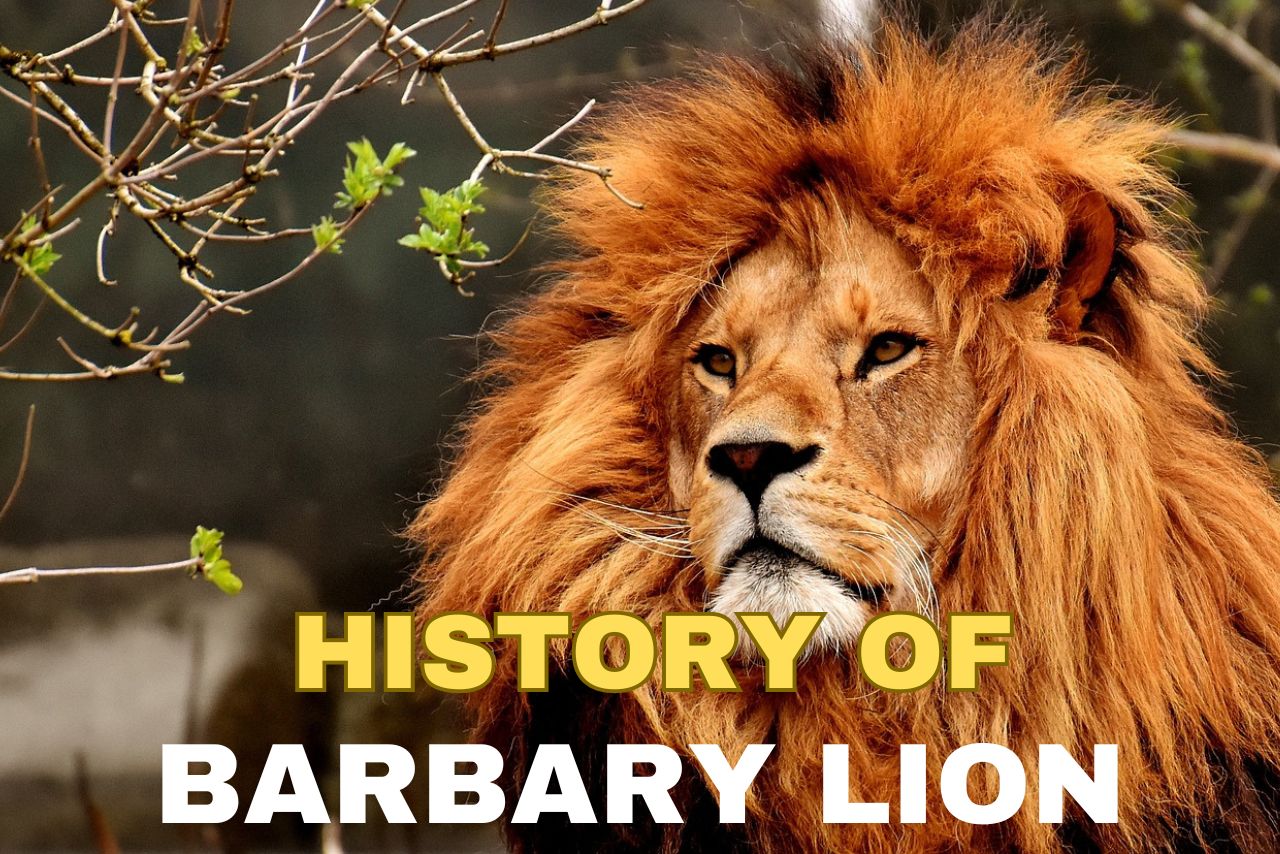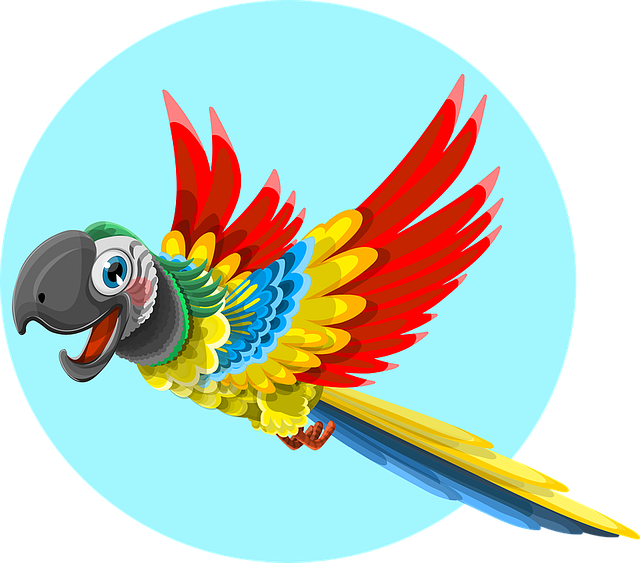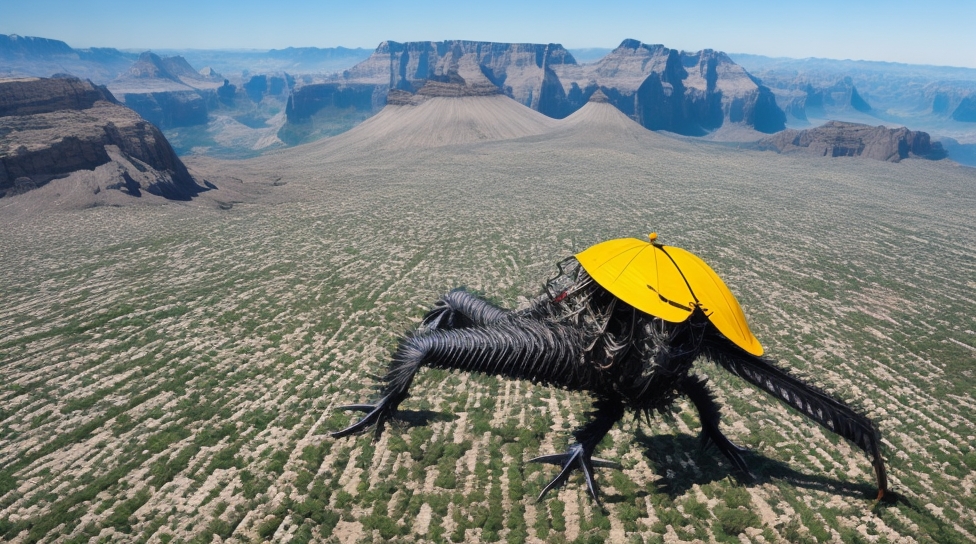The Barbary Lion, Legends from a Golden Era native to North Africa, once roamed the Atlas Mountains and beyond, symbolizing strength and regality in various cultures. Thriving in ancient civilizations, these majestic creatures faced a decline due to habitat loss and human-wildlife conflict. By the mid-20th century, they were declared extinct in the wild. Today, conservation efforts aim to reintroduce them, using technology to monitor and protect dwindling populations. Local communities, vital to their survival, participate in initiatives to preserve this regal species, reminding us that the Barbary Lion’s history is not just a tale of the past but a rallying call for a shared commitment to conservation.
The Barbary Lion, a majestic creature of untold beauty and strength, has etched its place in the annals of history. Join us as we delve into the Chronicles of the Barbary Lion, exploring the legends that surround its golden era and the challenges it faces today.
In the vast landscapes of North Africa, the Barbary Lion once roamed freely, symbolizing strength, courage, and regality. This article embarks on a journey through time, uncovering the captivating tales that define the Barbary Lion Chronicles.
Table of Contents

Historical Context Barbary Lion: Legends from a Golden Era
Origins shrouded in mystery, the Barbary Lion’s historical significance extends beyond its physical existence. North African cultures revered these majestic creatures, weaving them into the fabric of their traditions.
Golden Age of Barbary Lions
Picture a time when Barbary ruled the landscapes, their populations thriving across diverse regions. Explore their interactions with ancient civilizations, leaving an indelible mark on history.
Majestic Characteristics
What sets the Barbary Lion apart? We delve into the physical features that defined their majesty and the symbolism attached to these awe-inspiring creatures in various cultures.
The Decline Begins
Despite their once-mighty presence, the Barbary Lion faced a decline. Uncover the factors that led to their diminishing populations and the historical events that played a role in their fate.
Barbary Lions in Art and Literature
Step into the world of ancient art and literature, where Barbary Lions were not just beasts but symbols of power and grace. Discover their cultural impact and enduring presence in societal narratives.
Conservation Efforts
As we navigate the pages of history, we encounter efforts to preserve the Barbary Lion. However, these endeavors are not without challenges. Explore the journey of conservation and the hurdles faced in modern times.
Legends and Myths Surrounding Barbary Lions
Beyond the physical realm, the Barbary Lion lives on in stories and myths. Unearth the tales passed down through generations, shaping local folklore and adding an extra layer to the mystique of these creatures.
The Significance of the Atlas Mountains
The Atlas Mountains stand as a silent witness to the Barbary Lions’ legacy. Understand the profound connection between these majestic creatures and the unique features of the Atlas region.
Barbary Lions in Captivity
Accounts of Barbary Lions in captivity paint a complex picture. Delve into historical records, exploring the challenges and controversies surrounding lions kept in captivity.
Current Conservation Status
In the modern era, the Barbary Lion faces a critical juncture. Gain insights into the current conservation status, evaluating recent efforts to protect and preserve these extraordinary creatures.
The Role of Technology in Conservation
Technology plays a pivotal role in contemporary conservation. Discover the advancements aiding Barbary Lion preservation and glimpse into the potential future of technology in wildlife protection.
Community Involvement
Conservation isn’t a solitary effort. Acknowledge the importance of local communities in the fight for Barbary Lion survival, and explore success stories of initiatives driven by those who share the land with these magnificent creatures.
Tourism and Education
Tourism becomes a powerful tool in raising awareness. Examine the role of tourism in educating the public about Barbary Lions and the various programs contributing to their conservation.
Conclusion
As we conclude this journey through the Barbary Lion Chronicles, we reflect on their golden era, acknowledge the challenges they face, and issue a call to action. The fate of the Barbary Lion lies in our collective hands.
FAQ’S
- Is a Barbary lion bigger than a lion?
The Barbary lion is not necessarily larger than other lions. It shares a similar size range with other lion subspecies, with variations among individual lions. Size is influenced by factors like genetics, habitat, and available prey. Generally, male Barbary lions can weigh between 400 to 600 pounds, and females are smaller, weighing around 250 to 400 pounds. These figures align with the size range of lions from other regions. It’s essential to note that individual variations within any lion population can result in differences in size.
- Why did the Barbary lion go extinct?
- Habitat loss, hunting, and conflict led to the Barbary lion’s extinction.
- Are Barbary lions aggressive?
- Barbary lions, like all lions, can exhibit aggression, especially in defending territory or offspring.
- Who killed the oldest lion?
- Natural causes or human-related factors can lead to the death of the oldest lion.
- What’s the biggest type of lion?
- The largest lion subspecies is the Barbary lion, with males weighing 400-600 pounds.










